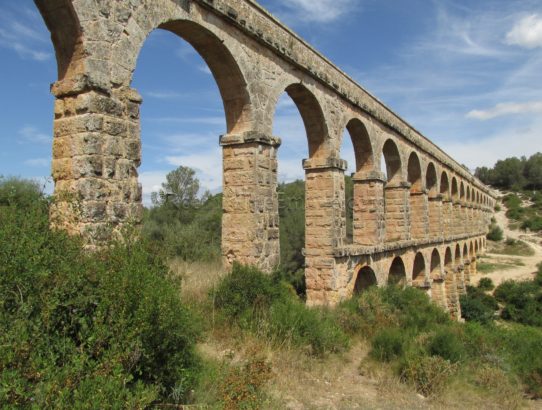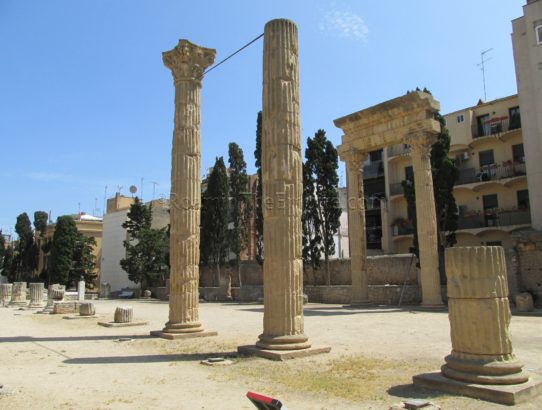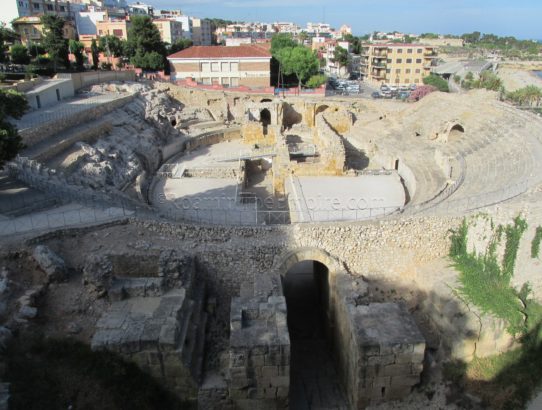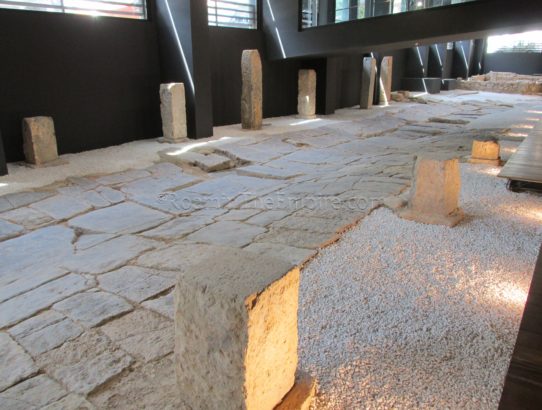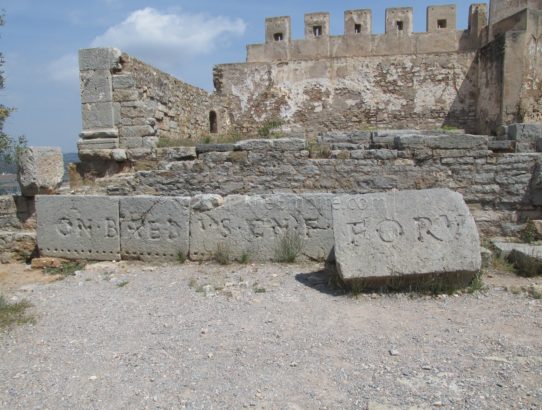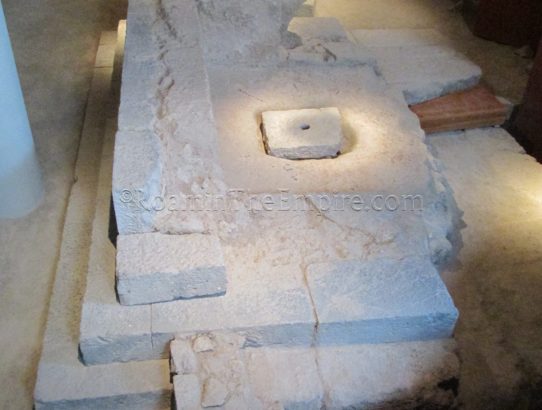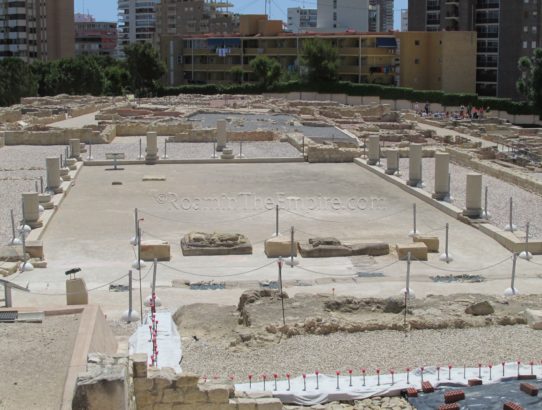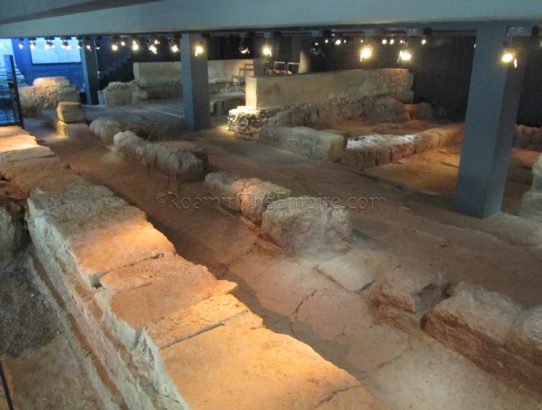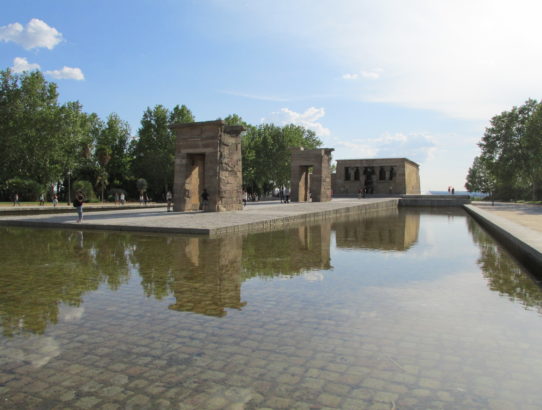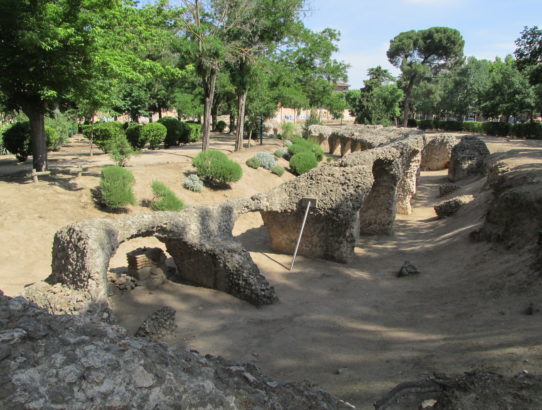Tarraco, Hispania Tarraconensis – Part III
Continued From Tarraco Part II There are a number of interesting Roman sites in the area around Tarraco, most of them accessible with public transportation from Tarragona. The one exception to this is the Arc de Berà, an arch constructed in 13 BCE at the behest of Lucius Licinius Sura and dedicated to Augustus. This…
Read More


